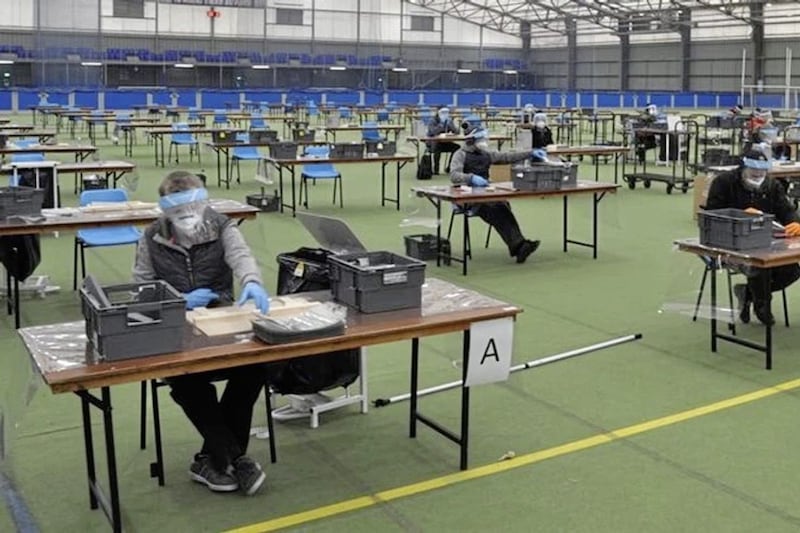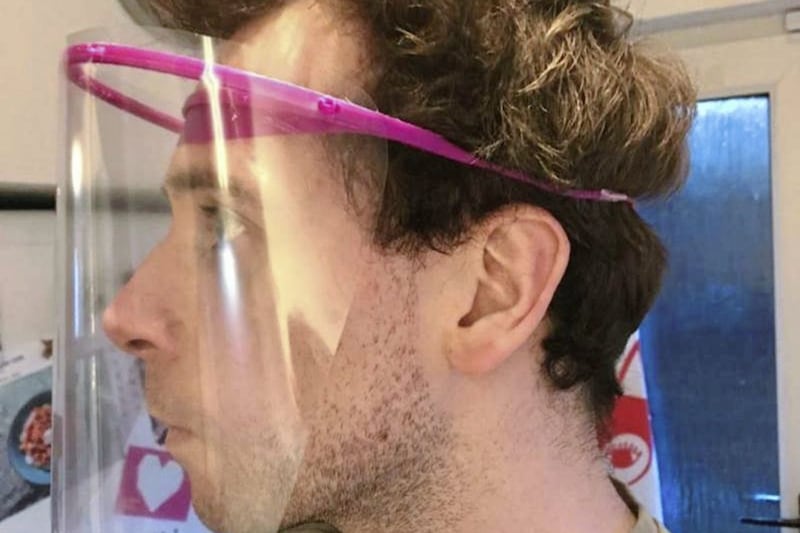HAIRDRESSERS and barbers should wear face coverings and not just visors, in order to help curb the spread of coronavirus, scientists advising the UK government say.
The experts warn that plastic face shields being used in hair salons are unlikely to be an effective control for aerosol transmission of Covid-19.
In documents released by the Scientific Advisory Group for Emergencies (Sage), the New and Emerging Respiratory Virus Threats Advisory Group (Nervtag) says the guidance needs to change.
The group says face shields provide protection for the wearer against large droplet exposure, including by inoculation through the eyes. However, they are unlikely to provide any protection for the wearer against small aerosols.
There is no evidence that face shields/visors are an effective source control for either larger droplets or small aerosols, the document published last Friday sets out.
In the paper, from July 22, the scientists advise: “It is recommended that guidance for settings where people are in close proximity for a long duration (eg hairdressing), and that currently only require face shields to be worn, should be changed to include the wearing of face coverings.”
In relation to those providing close contact services, such as hairdressers, barbers and beauty salons, current government guidance states: “In workplaces such as hairdressers and barbers, spas, beauty salons, tattoo and photoshoot studios, it is likely to be difficult to maintain social distancing, as employees need to work in close proximity to their clients, usually for an extended period of time.”
It continues: “The person providing a service (such as hairdressers or beauticians, because of the period of time spent in close proximity to a person’s face, mouth and nose) should therefore wear further protection in addition to any that they might usually wear.
“This should take the form of a clear visor that covers the face and provides a barrier between the wearer and the client from respiratory droplets caused by sneezing, coughing or speaking.
“Visors must fit the user and be worn properly. It should cover the forehead, extend below the chin, and wrap around the side of the face.”
In the document released by Sage, the scientists note that an anecdotal report from an outbreak in Switzerland has suggested those wearing face shields were more likely to be infected than those wearing masks.
However, they warn this should be treated with caution as the outbreak investigation has not yet formally reported.








